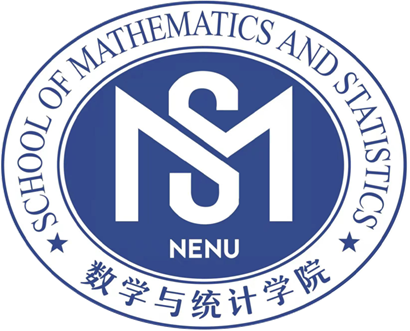报告人:Xinyuan Song
报告地点:数学与统计学院415室
报告时间:2024年04月08日星期一10:30-11:30
报告摘要:
This study considers a joint modeling framework for simultaneously examining the dynamic pattern of longitudinal and ultrahigh-dimensional images and their effects on the survival of interest. A functional mixed effects model is considered to describe the trajectories of longitudinal images. A high-dimensional functional principal component analysis is adopted to extract the principal eigenimages to reduce the ultrahigh dimensionality of imaging data, and a Cox regression model is used to examine the effects of the longitudinal images and other risk factors on the hazard. A theoretical justification shows that a naive two-stage procedure that separately analyzes each part of the joint model produces biased estimation even if the longitudinal images have no measurement error. We develop a Bayesian joint estimation method coupled with efficient Markov chain Monte Carlo sampling schemes to perform statistical inference for the proposed joint model. A dynamic prediction procedure is proposed to predict the future survival probabilities of subjects given their historical longitudinal images. The proposed model is assessed through extensive simulation studies and an application to Alzheimer's Disease Neuroimaging Initiative, which holds the promise of accuracy and possesses higher predictive capacity for survival outcomes than existing methods.
主讲人简介:
Xinyuan Song is a full professor and Chair of the Department of Statistics, Chinese University of Hong Kong. Her research interests are latent variable models, nonparametric and semiparametric modeling, Bayesian methods, statistical computing, and survival analysis. She serves/served as an associate editor for a number of international journals in Statistics and Psychometrics, including Biometrics, Electronic Journal of Statistics, The Canadian Journal of Statistics, Statistics and Its Interface, Computational Statistics and Data Analysis, Psychometrika, and Structural Equation Modeling.

